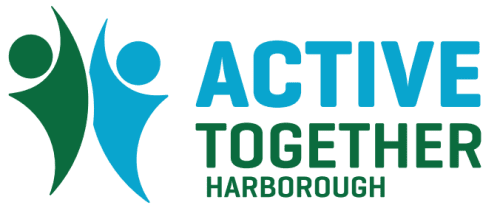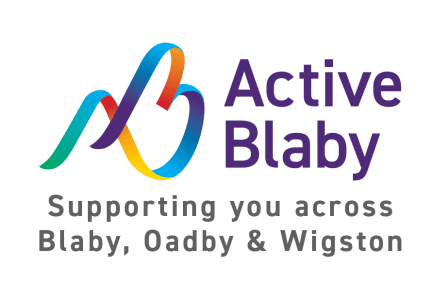The health of people from ethnic minority groups in England
- Themes
- COVID-19 Recovery, Health & Wellbeing*, Physical Activity, Physical Inactivity, Under Represented Groups*
- Sub Themes
- Mental Health, Physical Health, Ethnically Diverse Communities, Lower socio-economic groups
- Geographic Area
- National
- Lifestages
- Early Years, Children & Young People, Adults, Older Adults
This long read examines ethnic differences in health outcomes, highlighting the variation across ethnic groups and health conditions, and considers what’s needed to reduce health inequalities.
- In England, there are health inequalities between ethnic minority and white groups, and between different ethnic minority groups.1 The picture is complex, both between different ethnic groups and across different conditions.
- Access to primary care health services is generally equitable for ethnic minority groups, but this is less consistently so, for example dental health care. However, people from some ethnic minority groups are more likely to report being in poorer health and to report poorer experiences of using health services than their white counterparts.
- Before the Covid-19 pandemic, life expectancy at birth was higher among ethnic minority groups than the white and Mixed groups. The headline figures conceal significant differences between ethnic groups, for example:
- people from the White Gypsy or Irish Traveller, Bangladeshi and Pakistani communities have the poorest health outcomes across a range of indicators
- rates of infant and maternal mortality, cardiovascular disease (CVD) and diabetes are higher among Black and South Asian groups than white groups
- mortality from cancer, and dementia and Alzheimer's disease is highest among white groups.
- The Covid-19 pandemic has had a disproportionate impact on most ethnic minority communities. They experienced higher infection and mortality rates than the white population, in large part due to differences in location, occupation, deprivation, living arrangements and health conditions such as CVD and diabetes. Ethnic differences in Covid-19 mortality declined over the course of the pandemic, and by 2022 there was no excess in ethnic minority groups compared with the White British group.
- In 2020, Covid-19 caused overall mortality in some ethnic minority groups to exceed that of the white population, reversing the pre-pandemic picture. However, by 2022 overall mortality rates returned to pre-pandemic patterns, with the white and Mixed groups again having the highest mortality.
- Unpicking the causes of ethnic inequalities in health is difficult. Available evidence suggests a complex interplay of many factors including deprivation, environment, health-related behaviours and the 'healthy migrant effect'2 . Most ethnic minority groups are disproportionately affected by socio-economic deprivation, a key determinant of health status in all communities.
- Among ethnic minority groups structural racism can reinforce inequalities, for example, in housing, employment and the criminal justice system, which in turn can have a negative impact on health. Racism and discrimination can also have a negative impact on the physical and mental health of people from ethnic minority groups.
- Covid-19 has shone a light on inequalities and highlighted the urgent need to strengthen action to prevent and manage ill health in deprived and ethnic minority communities. A cross-government strategy for reducing health inequalities (and the wider socio-economic and structural inequalities that drive them) and addressing the diverse health needs of all groups at risk of poor health and high mortality has never been more urgent.
- Comprehensive, good-quality data is essential for enabling policy-makers and health care professionals to identify the specific needs of different ethnic groups, respond with tailored strategies for addressing inequalities, and track the impact of these strategies.
Powered bySportSuite
















